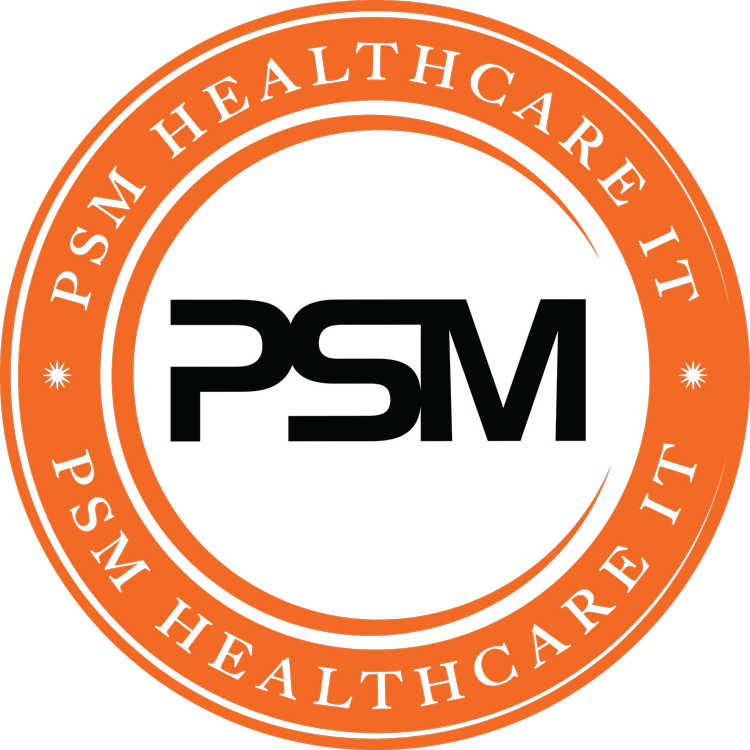Current State of Healthcare IT in San Jose, CA
Key Takeaways

-
The healthcare IT scene in San Jose is evolving quickly.
This evolution makes it critical for everyone to keep adapting to new technologies and practices.
-
Important organizations in the field are leading the way to innovation and enhanced healthcare delivery by using IT.
-
If we want healthcare IT systems to work better, we have to address the challenges of data security, interoperability, and regulatory compliance.
As we fix these problems, we will clear the path to better healthcare technology.
-
The opportunity lies in telehealth, data analytics, and AI-powered solutions,
all potentially beneficial to both provider and patient.
-
Improving healthcare practices is a group effort, and we work with stakeholders to adopt best practices in technology use and patient care.
-
That means staying on top of trends and developments in healthcare IT empowers professionals.
This knowledge empowers them to make strategic decisions that boost operational efficiency.
More than 70 percent of healthcare providers in San Jose are investing in digital solutions that improve patient care. This growing commitment showcases the dynamic healthcare IT landscape in the region.
Key players such as Cisco and Stanford Health Care are leading this exciting shift. While the adoption of advanced technologies poses challenges, they also bring opportunities for local organizations.
It requires figuring out how to get around problems like data security and interoperability. However, the potential for improved patient outcomes and greater operational efficiency is massive.
As San Jose continues to develop as a tech hub, its healthcare IT sector is in a position for transformative growth. Understanding these dynamics is crucial for anyone involved in—or impacted by—this rapidly evolving space.
Current State of Healthcare IT
1. Overview of Healthcare IT Landscape
San Jose’s healthcare IT ecosystem hums along. The key players include hospitals, technology providers, and consulting firms.
Organizations like DTL Consultants bridge this gap between operational needs and technical solutions. They help healthcare facilities leverage advanced software systems like EPIC EHR.
Compliance with the Health Insurance Portability and Accountability Act (HIPAA) is crucial to keep patients’ confidentiality and trust.
Robust health information systems are the backbone of medical practices. Local healthcare IT organizations provide a variety of offerings, including system integration and cybersecurity solutions.
2. Technological Advancements in Healthcare IT
Cloud computing has fundamentally changed how healthcare data is stored, accessed, and shared by providers.
This shift promotes real-time data sharing, which is important in urgent care contexts.
Advanced imaging technologies also have become critical tools for improving diagnostic precision. They enable healthcare providers to make well-informed decisions in real time.
Cybersecurity measures are increasingly important, protecting sensitive patient information from breaches and ensuring compliance with regulatory standards.
Telemedicine platforms have made it easier than ever to obtain care. This growth is even more important as local facilities are experiencing increasing patient volumes.
Santa Clara’s trauma center was inundated with patients after service reductions at Regional Medical Center. They reported almost 50% more patient visits.
3. Impact on Patient Care and Services
It all comes down to the technology that enhances the quality of care given to patients.
Digital health solutions reduce wait times and improve patient satisfaction by streamlining appointment scheduling.
Imaging specialists provide better diagnostics with clearer technology results.
Improved data management has translated into increased patient safety, fewer errors, and interventions that are not as delayed.
County is merging Regional Medical Center into its health system. This move will solidify community resources and increase the new facility’s bed count from 247 to 303.
This facility will be one of the first all-electric hospitals in the state.
Key Organizations in San Jose
1. Leading Healthcare IT Companies
In San Jose, where healthcare IT is a significant industry, there are other notable healthcare IT firms.
Cerner and Epic Systems specialize in electronic health records (EHR) and health information management. They play an important role in developing health applications tailored for both providers and patients.
Local firms focus on software consulting services that help optimize healthcare operations, ensuring efficiency and regulatory compliance.
The competition between these healthcare IT providers encourages innovation and technological advancement.
By working with healthcare organizations, these companies improve their service and help drive more effective patient care.
2. Influential Healthcare Institutions
An important provider of essential services, the Santa Clara Valley Healthcare System is the one to watch.
This system includes several regional medical centers that bring the best of healthcare IT to their mix.
For example, hospitals use telemedicine platforms to enhance access to care, particularly for underserved communities.
Nursing homes and rehabilitation facilities are also a key component of the local healthcare IT landscape. They are actively adopting technologies that enhance patient monitoring and increase care coordination.
The combination of these institutions creates a healthcare ecosystem that is both strong and patient-focused.
3. Collaborative Partnerships in the Region
Joint ventures between healthcare providers and technology developers are crucial to innovation in San Jose.
Together, these partnerships lead to improved patient outcomes and better service delivery through shared resources and expertise.
The Valley Health Foundation heads efforts to stabilize healthcare IT infrastructure across Santa Clara County.
These efforts benefit many segments of the community, including some of its most vulnerable people, such as foster kids and refugees.
Academic institutions also play a key role in driving healthcare innovation.
By partnering with local organizations, they support research and development efforts that address real-world challenges faced by the community.
Challenges in Healthcare IT
1. Data Privacy and Security Concerns
Healthcare organizations are at high risk for unauthorized access to patient health information.
With cybersecurity threats on the rise, leaders in patient care and healthcare IT need to step up their cybersecurity game.
Strong encryption protocols and robust antivirus software are critical to protecting sensitive data.
Compliance with the Health Insurance Portability and Accountability Act (HIPAA) is important. Violating HIPAA can lead to significant penalties and damage an organization’s reputation.
Regular security audits are essential for protecting sensitive data.
Train employees about good handling of data, and utilize two-factor authentication to improve security.
2. Integration with Existing Systems
Integrating any new technology with existing healthcare systems is fraught with complexities.
Often, the compatibility can be an issue during the integration process. These challenges can hinder workflow efficiencies and affect patient care.
Intuitive interfaces are important for smooth adoption; they allow staff to adapt quickly without significant retraining.
The first way organizations can dismantle these barriers is by investing in middleware solutions. This investment strengthens the communication between disparate systems, simplifies the operation, and optimizes the overall patient experience.
3. Regulatory Compliance Issues
Non-compliance with healthcare regulations can have serious consequences for organizations, such as fines and loss of accreditation.
Compliance auditors play an important role in ensuring that standards are upheld. All staff also need to stay educated on regulated changes.
Staying up to date with updates helps support compliance and builds patient trust—both vital aspects of organizational reputation.
Regular training sessions can empower employees with knowledge about current regulations, thereby minimizing risks associated with non-compliance.
Opportunities for Growth
1. Innovation in Digital Health Solutions
The healthcare industry continues to see a rise in digital health solutions that boost patient engagement and outcomes.
Mobile health apps are becoming more common, allowing patients to track their health and communicate with providers.
Incorporating AI and machine learning can provide a significant boost to diagnostics. This leads to more accurate and timely treatment decisions.
Focus on user-centered design as you build out these technologies.
Startups are critical in this space. They motivate innovation and address existing problems in healthcare IT.
2. Expansion of Telehealth Services
Telehealth services have a lot of benefits, especially because it can help expand access to care for underserved populations.
Healthcare providers are leveraging technology to conduct remote consultations and follow-ups. This method saves time and alleviates stress on physical facilities.
This approach could be less expensive than traditional healthcare while also increasing efficiency for service providers.
Training healthcare providers on telehealth best practices is crucial. This training allows them to implement it effectively and helps keep their care high quality.
3. Investment in Health IT Infrastructure
Investing in health IT infrastructure,” she continued, “is paramount to support the advanced technologies throughout the healthcare ecosystem.
Upgrading existing IT systems enables organizations to use new solutions that improve the way they deliver service.
Additionally, cybersecurity measures should be emphasized to safeguard sensitive patient information from breaches.
Healthcare organizations have access to funding opportunities to enhance their IT capabilities. This will result in a better experience overall.
Strong infrastructure not only improves operational efficiency; it also gives patients and providers confidence.
Enhancing Healthcare Practices
Improving Operational Efficiency
To improve operational efficiency within healthcare settings, organizations can streamline workflows through integrated health information systems.
These systems allow for seamless data sharing among departments, reducing delays and improving patient care.
Leveraging analytics is important to pinpoint inefficiencies; it optimizes resource allocation, making sure staff and facilities are being utilized effectively.
Automation tools significantly reduce the administrative burden for healthcare staff. This shift allows them to focus on better patient care rather than being buried in paperwork.
Measuring performance metrics is crucial to assessing the effectiveness of these tactical changes; it tells you what still needs some work.
Boosting Patient Engagement and Satisfaction
Using technology to enhance communication between patients and providers is essential for increasing engagement and satisfaction.
Implementing patient portals makes it easy for patients to access their health information and services. This empowers them to take an active role in their own care.
Feedback mechanisms are also important; they help organizations understand patient needs and preferences, leading to better service delivery.
Healthcare providers can develop individualized care plans based on melding patient input with technology. This customized approach dramatically increases overall patient satisfaction.
Leveraging Data Analytics for Better Outcomes
They facilitate the monitoring of patient conditions and outcomes over time.
With predictive analytics, healthcare organizations can flag high-risk patients earlier, potentially preventing complications through early intervention.
The analysis helps service delivery and improves patient satisfaction because it allows you to fix potential issues first.
Collaboration between your healthcare teams is essential. By sharing insights from data analytics, they create a culture of continuous improvement and drive innovation within the organization.
Conclusion
Healthcare IT in San Jose is in a state of flux with plenty of challenges and opportunities. Leverage local resources and partnerships to streamline operations and enhance patient care. The move will give you support in those communities as you navigate all of the complexities of technology integration and data management.
Stakeholders should address current barriers head on.
If they accept innovative solutions, they will be able to build a better, more efficient health care system.
Be part of the conversation about what’s happening in health care IT today. That will help you make effective decisions that serve both providers and patients well.
If you’re a pro in the field, there’s always something new to discover. Even if you’re only curious about the advancements influencing our health systems, you’ll have loads to learn!
Immerse yourself in these topics, reach out to local organizations, and join the revolution in healthcare IT. Your participation makes a difference!
Frequently Asked Questions
What is the current state of healthcare IT in San Jose?
San Jose’s Healthcare IT is already evolving quickly with regard to advanced technology.
Hospitals and clinics are adopting electronic health records (EHRs) and telehealth solutions for better patient care and operational efficiency.
Which organizations lead healthcare IT initiatives in San Jose?
Key organizations include Stanford Health Care, Santa Clara Valley Medical Center, and various tech companies like Cisco.
These entities work together to innovate and deliver healthcare through technology.
What challenges does healthcare IT face in San Jose?
Challenges include data security issues, systems that don’t communicate well with each other, and constant staff education.
Tackling these obstacles is essential to realizing the potential of healthcare.
What opportunities exist for growth in healthcare IT?
Opportunities like telehealth expansion, AI-assisted diagnostics, and patient engagement via apps can drastically improve patient outcomes.
How can healthcare practices be enhanced through IT?
We have a lot of work to do, but implementing strong EHR systems can make a huge difference.
Using data analytics, providers can make better decisions and improve communication with patients.
This allows them to deliver care more efficiently.
Is there a demand for skilled professionals in healthcare IT in San Jose?
Is there a high demand for healthcare IT professionals?
As the technology has developed, organizations have turned to experts for operating systems and ensuring they follow the law.
How does healthcare IT impact patient care in San Jose?
Healthcare IT accelerates patient care by providing records when you need them.
It also enables remote consultations, as well as better coordination among providers.
This, in turn, leads to better diagnosis and treatment outcomes.





